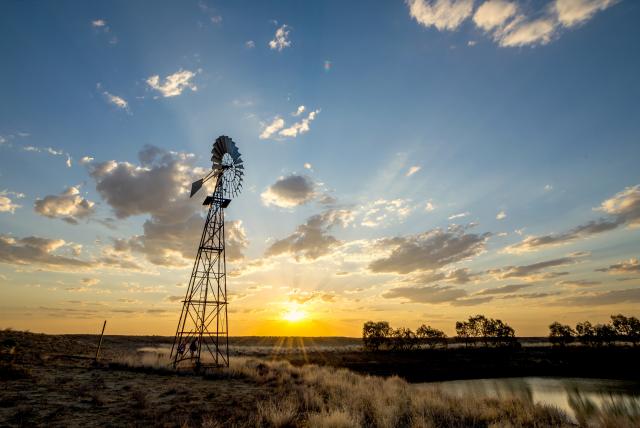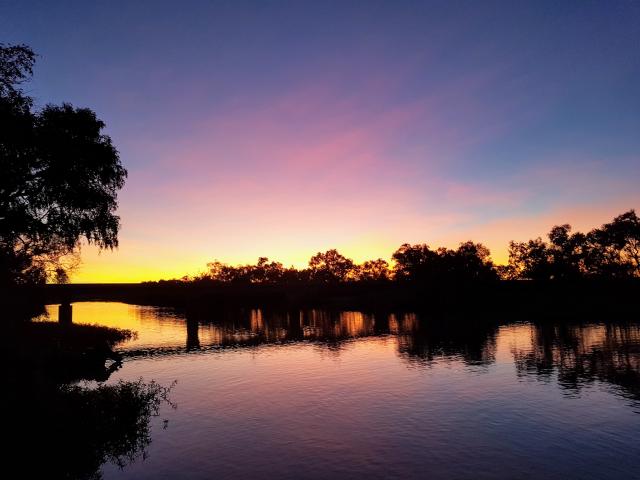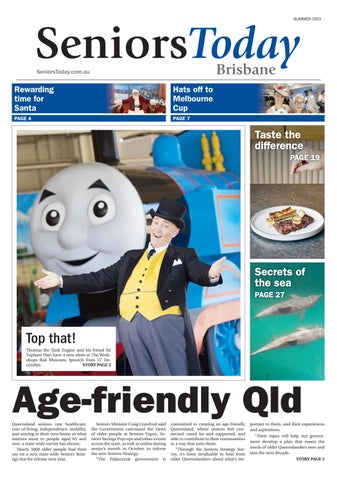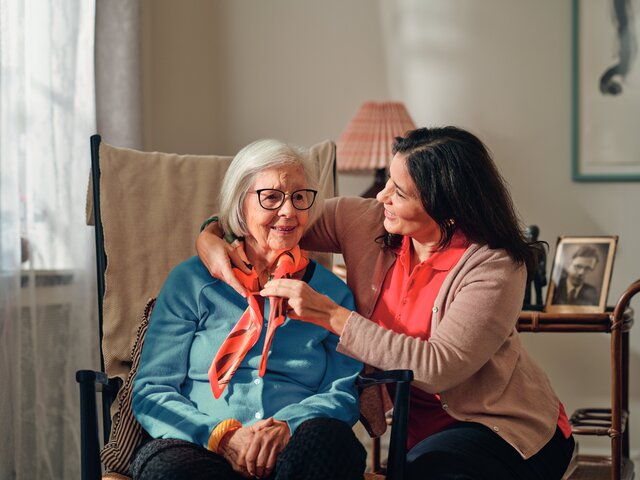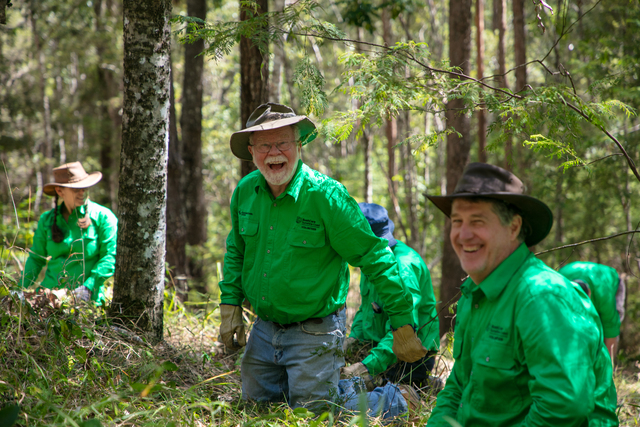THERE’S something catchy about the phrase, “the Darling River Run”, evoking images of quintessential Australia; country that has inspired explorers, poets and artists and given life for millennia.
The country’s third longest river is fed by many tributaries as it flows 1472km from its source in northern New South Wales to join the mighty Murray. Add the tributaries that begin in Queensland, and it’s 1767km long, but for the traveller this is the Outback’s most famous waterway, and Australia’s most significant rural countryside.
And if it has been on the bucket list, then the time is right to get out and see it all for yourself this autumn.
After recent rain, the Darling is full to the brim, its 23 river valleys bursting with life and the landscape looking like a sea of green.
It’s a once in 20 or 30-year experience to see the Outback after the rain it has recorded in recent month. Rivers, lakes and dams are full and waterfalls are gushing, so it’s a very special time as it doesn’t happen that often.”
CT Travel’s 15-day luxury coach tour departing April 26, will follow the mighty river for more than 700km then swing across to Broken Hill, Australia’s first National Heritage City.
Along the way, see the artwork on Thallon’s towering grain silos, and the cotton town of Dirranbandi before crossing the border to Lightning Ridge, home of the prized black opal.
Continue down the Darling to Brewarrina to see the fish traps, one of the oldest manmade structures on earth, and learn the stories of the 19th century river ports of Bourke and Louth.
Lunch at traditional Outback pub Shindy’s Inn on the banks of the Darling at Louth, where artefacts and memorabilia line the walls.
Discover country hospitality with a stay at Trilby Station and visit historic Dunlop Station. At the unusual opal town of White Cliffs residents live underground – just like the hotel where you’ll stay.
Then “beyond the Darling River, on the edge of the sundown” is Broken Hill and Silverton with its famous gaol. Cobar, steeped in mining heritage, has a mineral belt that is clearly visible.
Return home via Dubbo and Dundullimal Homestead, the Pilliga Pottery and the artesian bore baths of Moree.
It’s 15 days packed with capturing the spirit of the Darling and its communities, and autumn is a great time to be going.
See the full itinerary at cttravel.com.au

